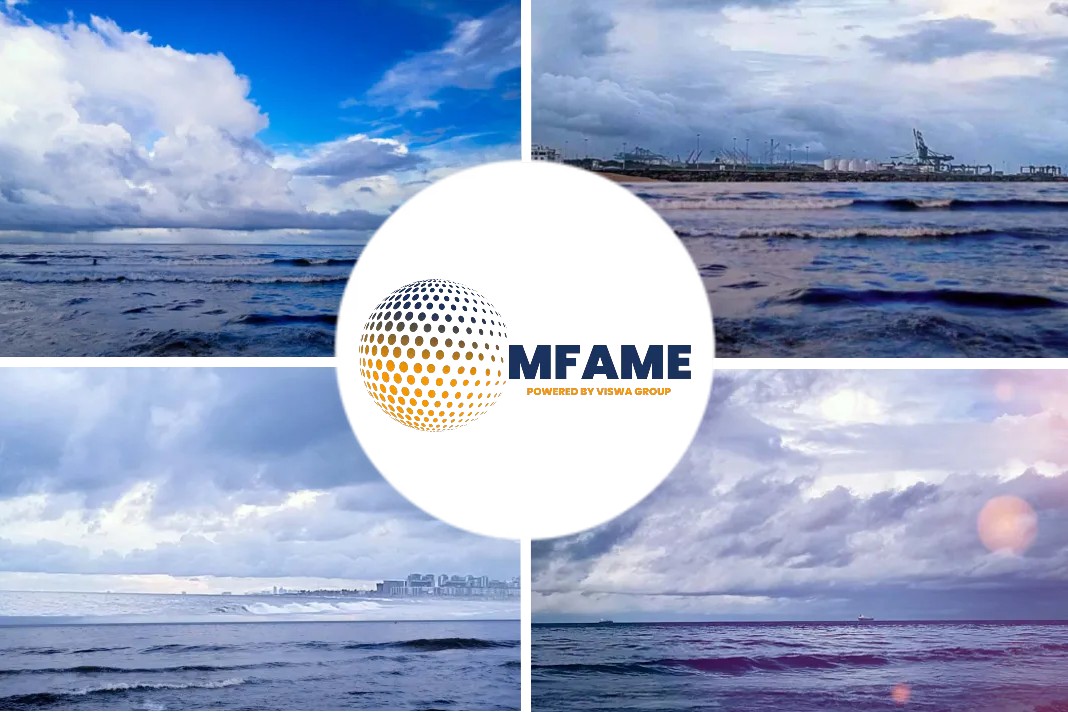- The rising number of large insurance claims relating to container ship operation is of mounting concern both to hull underwriters and P&I clubs.
- The frequency and size of claims are both climbing, with more than 30 incidents requiring payouts from the 13-member International Group of P&I Clubs’ (IG) pooling arrangements since 2016.
- These cover claims between $10m and $100m.
A recent news article published in the Seatrade Maritime site reveals that insurers eye containership claims with dismay.
Pooling arrangements since 2016
The frequency and size of claims are both climbing, with more than 30 incidents requiring payouts from the 13-member International Group of P&I Clubs’ (IG) pooling arrangements since 2016. These cover claims between $10m and $100m.
In a presentation to the Insurance Institute of London last week, the Standard Club’s Deputy Director of Loss Prevention, Capt John Dolan, identified some of the worrying trends and revealed how they are being tackled.
The rapid increase in ship size is a key factor across most risk sectors, with the largest containerships close to tripling in capacity this century.
Scale of claims in navigation
This has affected the scale of claims in navigation and fixed and floating objects (FFO), he said, in which 18 claims totalling $687m have been handled in IG pool claims since 2016. Container ship fires came next in terms of quantum, with four claims totalling $486m.
The frequency of fires on board containerships resulting in claims of more than $500,000 has more than doubled since 2017, Dolan said, referring to figures from the Nordic Association of Marine Insurers (Cefor).
The risks are, of course, far greater on large ships, he said, highlighting doubts shared by many that moves to provide greater fire-fighting capability would go far enough.
Containers lost overboard
Meanwhile, containers lost overboard and container stack collapses are also rising in frequency.
There were six cases of boxes lost on the North Pacific, for example, between November 2020 and March 2021. They involved ships operated by Evergreen, Maersk, MSC, and ONE.
A container stack also caught fire, burning for days, possibly as a result of a container containing potassium amyl xanthate, which can combust spontaneously in the presence of moisture.
Undeclared and mis-declared cargoes
Often related to fires, undeclared and mis-declared cargoes are also a growing concern as shippers seek to avoid paying higher rates for dangerous goods shipments.
Dolan highlighted the work of the Cargo Incident Notification System (CINS), set up ten years ago, which monitors the risks posed by certain cargoes, and how they should be handled and stowed.
If carried out correctly, many dangerous cargoes can be shipped safely in containers.
Specific guidelines on the carriage of certain cargoes
CINS publishes specific guidelines on the carriage of certain cargoes, such as calcium hypochlorite, for example, which can self-combust.
According to a CINS incident report, this is thought to have been the cause of a container fire in Jebel Ali.
The cargo in the suspect container is believed to have been incorrectly declared as disinfectant.
Did you subscribe to our daily newsletter?
It’s Free! Click here to Subscribe!
Source: Seatrade Maritime

















